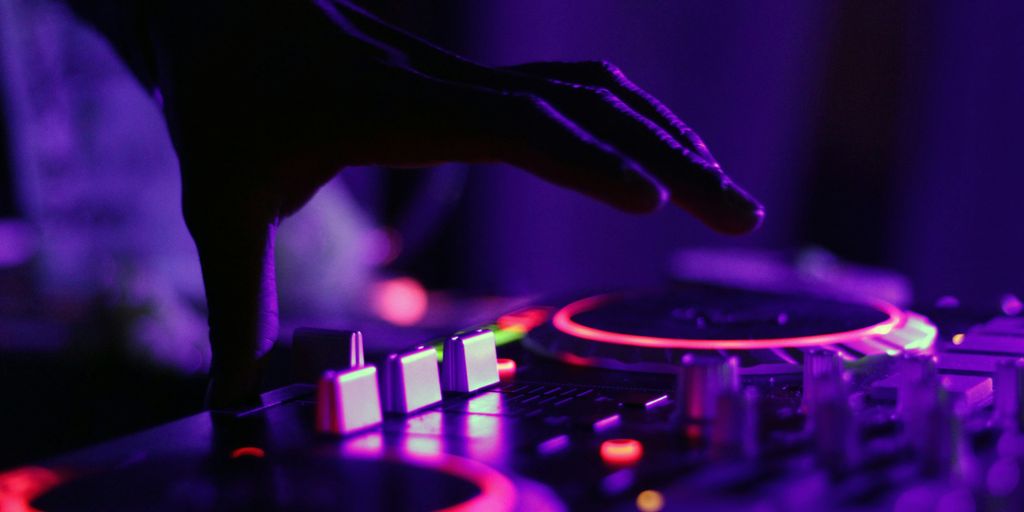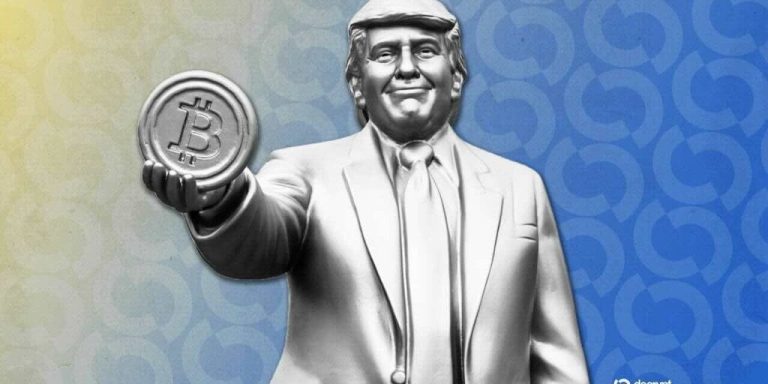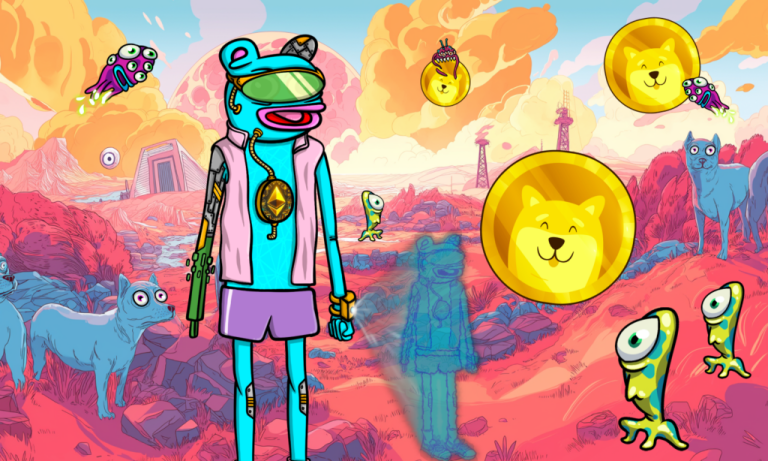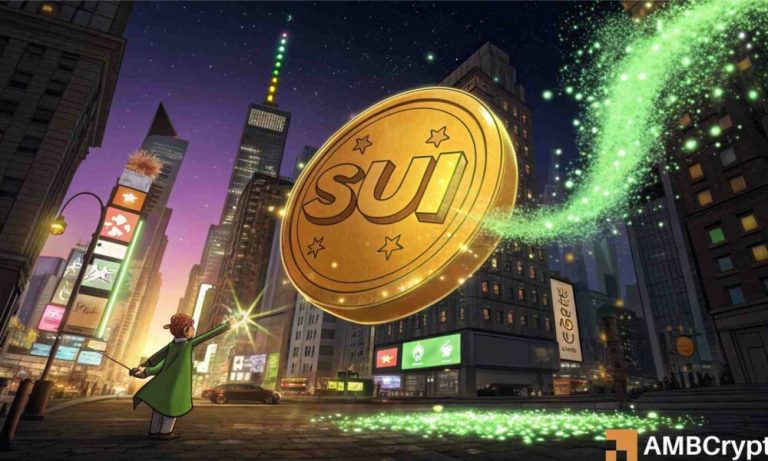
Highlife music is more than just a genre; it’s a vibrant expression of culture and history that has shaped the soundscape of West Africa, especially Ghana. Born in the early 20th century, Highlife reflects the complexities of colonial influences, urbanization, and the fusion of traditional and modern sounds. As we explore its origins, evolution, and the themes it embodies, we gain insight into how this music continues to resonate in contemporary society, bridging generational gaps and fostering cultural pride.
Key Takeaways
- Highlife music originated in the early 1900s among the Akan people of Ghana, blending local rhythms with Western styles like jazz and swing.
- The genre evolved significantly over the decades, adapting to cultural changes and incorporating new musical influences.
- Highlife lyrics often touch on themes of social issues, love, and the celebration of life, reflecting the experiences of everyday people.
- Influential artists like E.T. Mensah and Amakye Dede have played crucial roles in shaping the Highlife sound and its popularity.
- Today, Highlife continues to inspire new genres like hiplife and Afrobeats, highlighting its lasting impact on music both locally and globally.
Highlife Music Origins
Historical Context of Highlife
Highlife music didn’t just pop up out of nowhere. It’s got deep roots in the early 20th century, specifically in Ghana. Think about it: cities like Accra and Takoradi were changing fast, becoming melting pots. This Ghanaian music genre was born from that mix, a response to new urban life and the shifts brought on by colonialism. It’s a story of people adapting and creating something new.
Influence of Colonialism
Colonialism played a big part, no doubt. It wasn’t just about political control; it was about cultural exchange, too. Western musical instruments like guitars and horns found their way into the local scene. People started experimenting, blending these new sounds with traditional rhythms. It’s like taking ingredients from different kitchens and making a whole new dish. The fusion is what made highlife so unique.
Cultural Fusion in Highlife
Highlife is all about mixing things up. It’s a blend of local Ghanaian sounds, Western instruments, and even influences from Caribbean music. This fusion created a unique sound that reflected the changing times. It became the music of the urban elite, played at fancy parties and social gatherings. It’s a testament to how music can bring different cultures together to create something truly special.
Highlife’s cultural fusion wasn’t just about music; it was about identity. It gave people a way to express themselves in a rapidly changing world. It was a soundtrack to a new era, a way to celebrate both tradition and progress.
Evolution of Highlife Music
Highlife didn’t just pop up overnight; it’s been cooking for decades, constantly changing and adapting. From its early days blending local sounds with Western instruments, to its modern fusions, it’s a genre that refuses to stand still. Let’s take a quick look at how it all went down.
Transition Through the Decades
Highlife’s journey is a wild ride through the 20th century and beyond. It started in Ghana, mixing Akan music with colonial influences and jazz. Each decade brought something new, whether it was funk in the 70s or reggae vibes later on. It’s like a musical chameleon, always blending in but still standing out. The adoption of Christianity in Africa also played a role in shaping the music.
Emergence of New Styles
Highlife branched out, creating distinct styles. Dance Band Highlife got jazzy in the cities, while Traditional Highlife stuck closer to its roots. Then came along hiplife, mixing rap with highlife beats, and other fusions that keep things fresh. It’s all about keeping the core vibe alive while trying new things.
Impact of Globalization
Globalization has been a game-changer. Highlife has spread its wings, influencing and being influenced by music from all over. This cross-pollination has led to some exciting new sounds and collaborations, pushing the genre to new audiences worldwide. It’s a testament to highlife’s ability to stay relevant in an ever-connected world.
Highlife’s evolution shows how music can adapt and thrive. It’s not just about the sound; it’s about the people, the culture, and the stories being told. It’s a living, breathing genre that continues to evolve.
Key Themes in Highlife Lyrics
Highlife music isn’t just about the catchy beats; it’s also about the stories it tells. The lyrics often touch on everyday life, love, and the challenges people face. It’s like a musical conversation about what matters most.
Social Commentary
Highlife has always been a way for artists to talk about what’s happening in society. It’s a voice for the voiceless, addressing issues like poverty, inequality, and political corruption. These songs aren’t just entertainment; they’re a form of protest and a call for change. You can find Igbo highlife music that captures everyday life.
Celebration of Life
Amidst the serious stuff, highlife also knows how to celebrate. It’s about finding joy in the simple things, appreciating community, and marking important milestones. These songs are often played at weddings, festivals, and other gatherings, bringing people together in a spirit of unity and happiness.
Cultural Identity
Highlife is deeply rooted in African culture. The lyrics often reflect traditional values, beliefs, and customs. It’s a way of preserving and promoting cultural identity, especially in a world that’s becoming increasingly globalized. It’s about being proud of who you are and where you come from.
Highlife lyrics often use metaphors and storytelling to convey deeper meanings. Listening closely can reveal underlying social commentary and cultural references that are significant to understanding the genre.
Influential Artists in Highlife
Pioneers of the Genre
Highlife music wouldn’t be what it is today without its pioneers. These are the artists who laid the foundation, experimented with sounds, and captured the hearts of a nation. E.T. Mensah is often called the "King of Highlife," and for good reason. His influence is undeniable. Other key figures include Bobby Benson, whose innovative approach helped shape the genre’s early sound. These artists weren’t just musicians; they were cultural icons.
Modern Highlife Icons
Highlife didn’t just stop with the pioneers; it evolved, and new artists emerged to carry the torch. People like Amakye Dede brought fresh energy and blended traditional themes with modern sounds. Daddy Lumba is another name that comes up frequently, known for his smooth vocals and catchy melodies. These artists proved that highlife could stay relevant and continue to resonate with new generations. They helped to shape the hiplife scene in Ghana.
Cross-Genre Collaborations
One of the coolest things about highlife is its ability to blend with other genres. You see artists from different musical backgrounds coming together to create something truly unique. Think about collaborations between highlife musicians and artists in genres like Afrobeats or even reggae. These cross-genre experiments not only introduce highlife to new audiences but also keep the music fresh and exciting. It’s all about pushing boundaries and seeing what new sounds can be created.
Highlife’s influence extends beyond just its core genre. It’s a testament to the power of music to evolve and adapt while still honoring its roots. These collaborations ensure that highlife remains a vibrant and dynamic part of the global music scene.
Highlife’s Role in Social Movements
Music as a Form of Protest
Highlife music wasn’t just for parties; it became a powerful voice. Artists used their songs to critique the government and address social issues. It was a way to speak out when direct opposition wasn’t possible. Think of it as musical activism, where rhythms and melodies carried messages of change. It’s interesting to see how music can be a tool for change. The genre’s evolution is a testament to its adaptability.
Cultural Resistance
Highlife played a huge role in preserving and promoting African culture during colonial times. It was a way to reclaim identity and resist cultural domination.
- Celebrating local languages and traditions.
- Challenging colonial norms through lyrics.
- Creating a sense of pride in African heritage.
Highlife became a symbol of cultural independence, a way for people to assert their identity in the face of foreign influence. It was more than just music; it was a statement.
Community Building Through Music
Highlife brought people together. It was the soundtrack to social gatherings, celebrations, and even mourning. It created a sense of unity and belonging. It’s amazing how a shared love of music can create such strong bonds. It’s a genre that unites people.
- Highlife fostered social cohesion.
- It provided a platform for shared experiences.
- It strengthened community bonds through collective enjoyment.
Contemporary Highlife and Its Variants
Hiplife and Its Influence
Hiplife is where highlife meets hip-hop, and it’s been a game-changer. It grabbed the attention of the younger crowd, blending local languages and stories with hip-hop beats. It’s not just music; it’s a cultural movement. Hiplife opened doors for artists to talk about real issues, from politics to everyday life, in a way that resonated with a new generation. It’s a testament to highlife’s cultural anthropology and ability to evolve.
Afrobeats and Highlife Fusion
Afrobeats took the world by storm, and highlife’s influence is undeniable. You hear those signature rhythms and melodies woven into Afrobeats tracks. It’s like highlife gave Afrobeats its soul, its foundation. This fusion isn’t just about mixing sounds; it’s about celebrating heritage while pushing boundaries. Think of it as highlife getting a modern makeover, ready for the global stage. It’s a vibrant mix that keeps both genres fresh and exciting. The evolution of Igbo highlife is a great example of this.
Global Reception of Highlife
Highlife’s journey from West African dance floors to the world stage is pretty amazing. It’s popping up in unexpected places, from indie music festivals to collaborations with international artists. People are drawn to its infectious energy and rich history. It’s not just a genre; it’s a vibe. Highlife’s global appeal shows how music can break down barriers and connect people from different backgrounds. It’s a reminder that some sounds are just timeless. It’s a testament to highlife’s adaptability.
Highlife’s global reception isn’t just about the music itself; it’s about the stories it tells and the culture it represents. It’s a way for people to connect with West African heritage, even if they’re thousands of miles away. It’s a reminder that music can be a powerful tool for cultural exchange and understanding.
Here are some reasons for its global appeal:
- Infectious rhythms that make you want to dance.
- Rich history and cultural significance.
- Ability to blend with other genres, creating fresh sounds.
Instruments and Sounds of Highlife
Traditional Instruments
Highlife’s got this cool mix of sounds, right? It all starts with the traditional stuff. Think of instruments that have been around for ages in Ghana and other West African countries. We’re talking about various types of drums, like the talking drum that can mimic speech, and different kinds of percussion instruments that lay down those infectious rhythms. Guitars are super important too, often playing melodies that blend local scales with Western harmonies. These instruments create the backbone of that classic Highlife sound.
Modern Additions
As Highlife evolved, it started picking up new sounds. Horn sections became a big deal, with trumpets, saxophones, and trombones adding jazzy vibes. Keyboards also made their way in, bringing in new harmonic possibilities. Electric guitars became more common, adding a different kind of edge. These modern instruments helped Highlife stay fresh and relevant as music tastes changed.
Signature Rhythms and Melodies
Highlife is all about the groove. The rhythms are complex, often layering different percussion patterns to create a really danceable feel. The melodies are catchy and often based on traditional scales, but with a Western pop sensibility. It’s this combination of rhythm and melody that makes Highlife so unique and recognizable. It’s a sound that just makes you want to move!
Final Thoughts on Highlife’s Cultural Impact
In wrapping up our exploration of highlife music, it’s clear that this genre is more than just a sound; it’s a living part of Ghana’s cultural fabric. Highlife has adapted over the years, reflecting the changes in society and the experiences of its people. From its roots in the early 20th century to its modern interpretations, highlife continues to be a voice for love, social issues, and celebration. It connects generations, bridging the gap between traditional and contemporary music. As we listen to highlife today, we’re not just enjoying a catchy tune; we’re engaging with a rich history that speaks to the heart of Ghanaian identity. So next time you hear those vibrant rhythms, remember, you’re tapping into a legacy that’s as lively as it is profound.
Frequently Asked Questions about Highlife Music
What are the cultural origins and influences of highlife music?
Highlife music started in Ghana in the late 1800s. It mixes traditional Akan sounds with Western music styles brought by colonial influences, like jazz and swing. This blend reflects the cultural exchanges between local and foreign musicians and serves as a way to express identity and social issues.
What instruments are typically used in highlife music?
Highlife music features a variety of instruments including guitars, trumpets, saxophones, trombones, keyboards, and drums. Percussion instruments like congas and shakers are also key, combining both traditional and modern sounds.
How has highlife music changed over the years?
Highlife music has transformed from its early roots in Ghana to include different styles and influences. It has absorbed elements from genres like funk and reggae and has influenced modern styles like hiplife, showing its lasting impact on West African music.
What themes are commonly found in highlife music lyrics?
Highlife music often explores themes like love, celebration, social issues, and everyday life. The lyrics reflect cultural identity and community values, often using local proverbs and humor to add depth to the stories.
What role does highlife music play in social and political movements in West Africa?
Highlife music acts as a voice for social and political issues in West Africa. It helps raise awareness and bring communities together, often addressing struggles and advocating for change through its lyrics and performances.
Who are some of the most influential artists in highlife music?
Some key figures in highlife music include E.T. Mensah, known as the ‘King of Highlife’, and Amakye Dede, who blends traditional themes with modern sounds. These artists have played a significant role in shaping the genre and its popularity.






